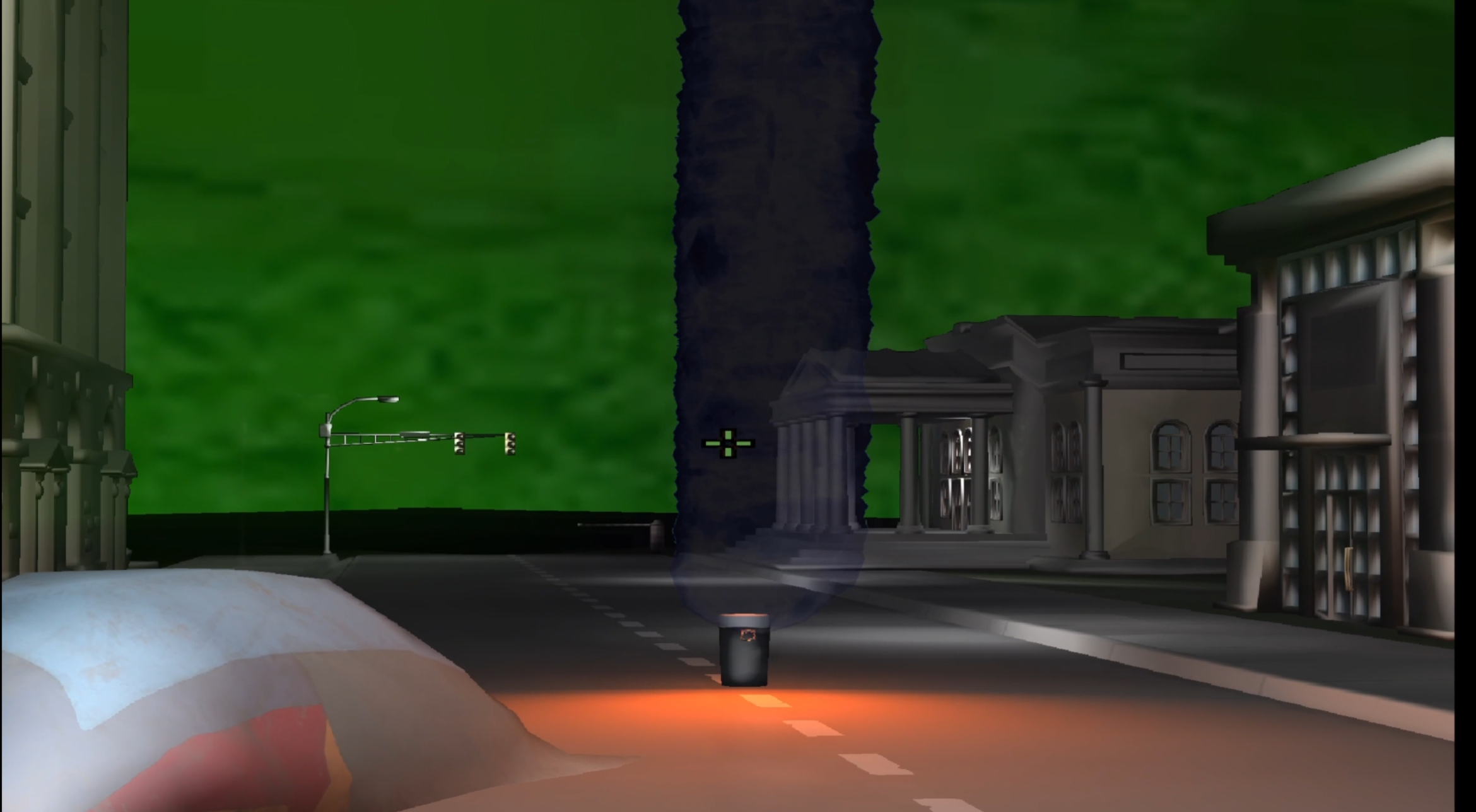Project Details

This is my final project from the Game Development program at Fanshawe. This involved adding many new features to my game engine.
Features implemented in this project: GPU Particle System, Instance Rendering, Deferred Rendering, Screen Space Decals, Animation Blending, ECS with custom memory management, Bloom
Download Demo Here